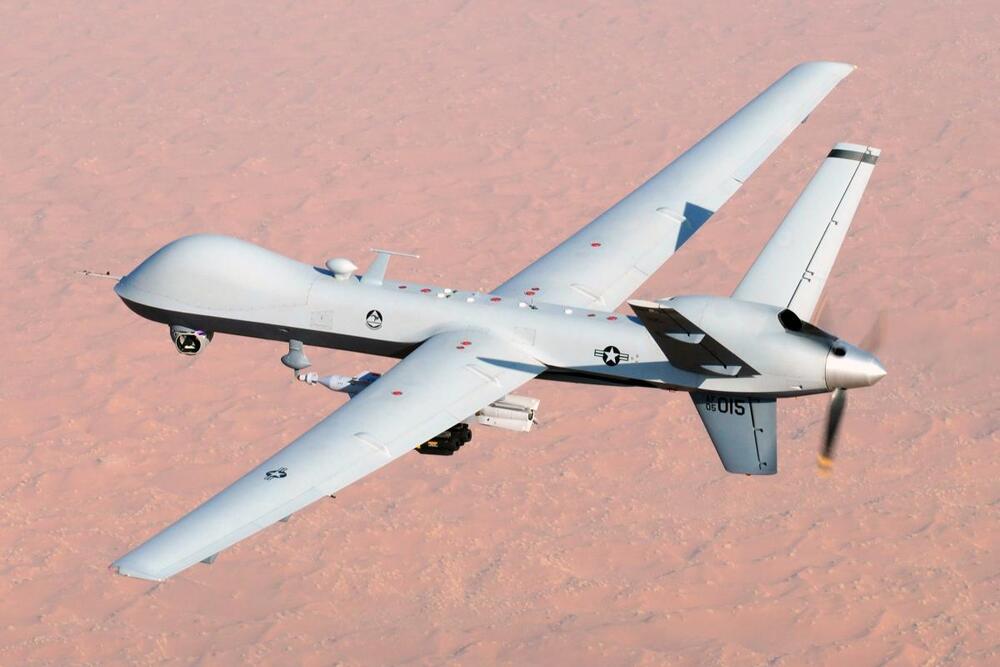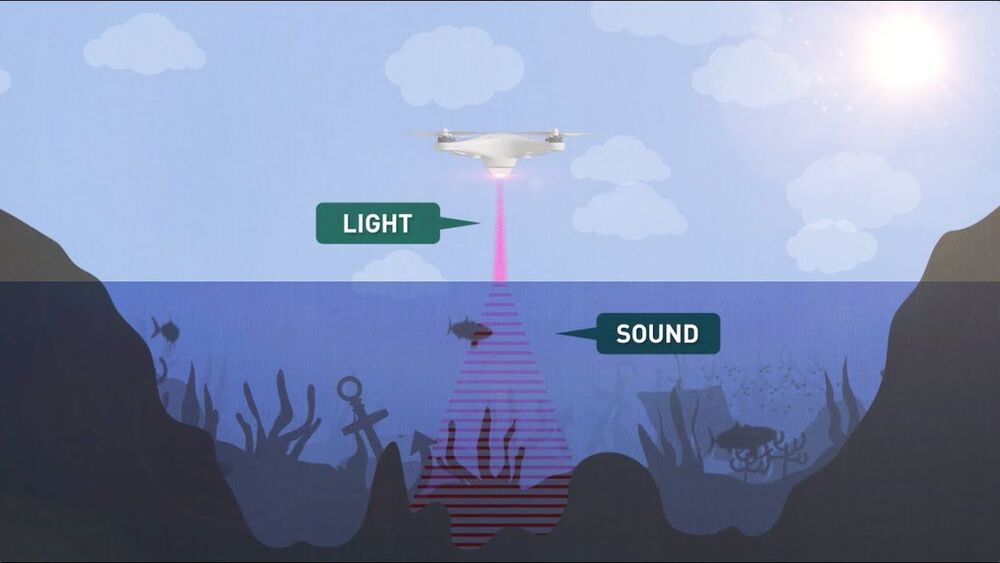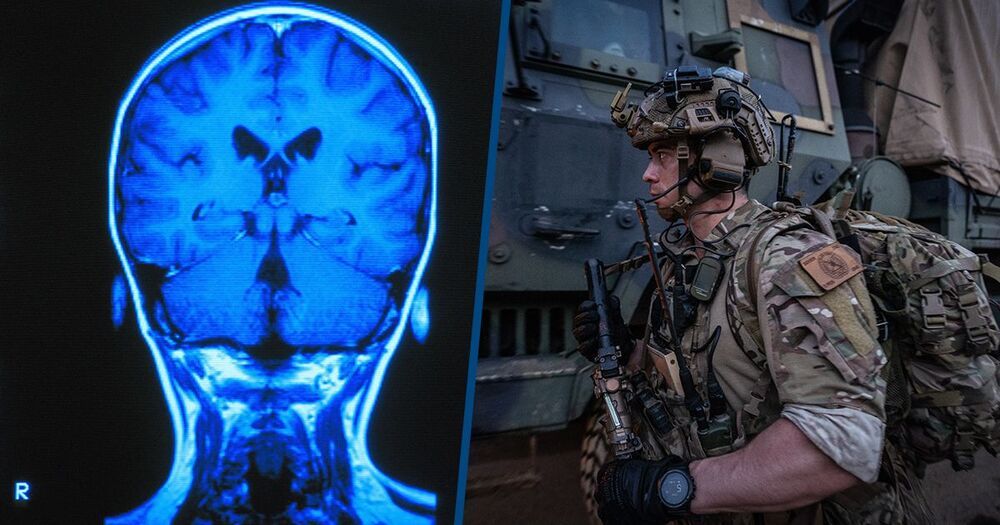Capt. Amy Bauernschmidt previously made Navy history as the first woman to become the second-in-command aboard a US carrier.



Ineurals — advanced neuro-technologies for rapid learning and skill acquisition.
The 711th Human Performance Wing, under the U.S. Air Force Research Laboratory leads the development, integration, and delivery of Airman-centric research, education, and consultation enabling the U.S. Air Force to achieve responsive and effective global vigilance, global reach, and global power now and in the future. It’s comprised of the United States Air Force School of Aerospace Medicine and the Airman Systems Directorate, whose science and technology competencies include Training, Adaptive Warfighter Interfaces, Bioeffects, Bioengineering, and Aerospace and Operational Medicine.
The Individualized Neural Learning System, or iNeuraLS, is a new augmented learning platform that will enable rapid learning by closed-loop modulation of cognitive states during skill acquisition. Essentially, the AFRL team seeks to develop a capability that will give Airmen the ability to rapidly acquire knowledge and skills on the fly through direct brain interfaces with the help of neurotechnologies.
And we have not 1, but 2 fascinating guests on the show with us today:
Dr. Nathaniel Bridges serves as the Neural Interfaces Team Lead within the Air Force Research Laboratory’s Cognitive Neuroscience Section. In this role, he and his team seek to find and enable ways to link the human brain/nervous system with technology in a manner that will benefit the Air Force. This in part relies on testing and evaluating current and emerging Brain Machine/Computer Interface technologies for the Air Force and investigating the impact of various neuromodulation technologies on cognitive performance. Dr. Bridges has his PhD. in Biomedical Engineering, from Drexel University, in Philadelphia, PA USA.
Dr. Gaurav Sharma, a member of the scientific and professional cadre of senior executives, is the Senior Scientist for Cognitive Neuroscience, 711th Human Performance Wing. He serves as the principal scientific authority and independent researcher in the field of cognitive neuroscience and is in charge of initiating, planning, coordinating, evaluating and conducting research and development that increases the Air Force capabilities relative to this critical technological area. Dr. Sharma has his PhD. in Mechanical Engineering, from Northeastern University, in Boston, MA, USA.

MMA champ and legend discussing his longevity in the sport.
Mr. Ken Shamrock is the very first athlete elected to the Ultimate Fighting Championship (UFC) Hall of Fame, widely regarded as one of the biggest stars in the history of Mixed Martial Arts (MMA), as well as an icon and pioneer of the sport.
He’s widely known for his participation in the Ultimate Fighting Championships, The World Wrestling Federation, Pride Fighting Championships, Pancrase, and Total Nonstop Action Wrestling, and during his career earned the title of “The World’s Most Dangerous Man.”
Over his career, Mr. Shamrock garnered no fewer than 14 World and other Major Championships.
He is the founder of the Lion’s Den mixed martial arts training camp, a mixed martial arts team and training facility with its headquarters in Reno, Nevada, with now new training facilities, including Lion’s Den Arizona and Connecticut.
In addition to his MMA career, Mr. Shamrock is one of very few trainers allowed to teach US Military troops self defense, and currently serves as a subject matter expert in the Marine Corps Martial Arts Program (MCMAP) and is regularly asked to train Army troops as well.
When he’s not training them, Mr. Shamrock also tries to meet with wounded warriors whenever possible during his travels.
Mr. Shamrock is also the author of several books including: “Inside the Lion’s Den” and “Beyond the Lion’s Den”, and his latest book “Life Story of Ken Shamrock” is due to be released in 2020.

Hypersonic flight is conventionally referred to as the ability to fly at speeds significantly faster than the speed of sound and presents an extraordinary set of technical challenges. As an example, when a space capsule re-enters Earth’s atmosphere, it reaches hypersonic speeds—more than five times the speed of sound—and generates temperatures over 4,000 degrees Fahrenheit on its exterior surface. Designing a thermal protection system to keep astronauts and cargo safe requires an understanding at the molecular level of the complicated physics going on in the gas that flows around the vehicle.
Recent research at the University of Illinois Urbana-Champaign added new knowledge about the physical phenomena that occur as atoms vibrate, rotate, and collide in this extreme environment.
“Due to the relative velocity of the flow surrounding the vehicle, a shock is formed in front of the capsule. When the gas molecules cross the shock, some of their properties change almost instantaneously. Instead, others don’t have enough time to adjust to the abrupt changes, and they don’t reach their equilibrium values before arriving at the surface of the vehicle. The layer between the shock and heat shield is then found in nonequilibrium. There is a lot that we don’t understand yet about the reactions that happen in this type of flow,” said Simone Venturi. He is a graduate student studying with Marco Panesi in the Department of Aerospace Engineering at UIUC.


Stanford University engineers have developed an airborne method for imaging underwater objects by combining light and sound to break through the seemingly impassable barrier at the interface of air and water.
The researchers envision their hybrid optical-acoustic system one day being used to conduct drone-based biological marine surveys from the air, carry out large-scale aerial searches of sunken ships and planes, and map the ocean depths with a similar speed and level of detail as Earth’s landscapes. Their “Photoacoustic Airborne Sonar System” is detailed in a recent study published in the journal IEEE Access.
“Airborne and spaceborne radar and laser-based, or LIDAR, systems have been able to map Earth’s landscapes for decades. Radar signals are even able to penetrate cloud coverage and canopy coverage. However, seawater is much too absorptive for imaging into the water,” said study leader Amin Arbabian, an associate professor of electrical engineering in Stanford’s School of Engineering. “Our goal is to develop a more robust system which can image even through murky water.”

Radar and LiDAR have been incredibly quick and effective tools for mapping and surveying the Earth’s surface from aircraft and satellites, but while they can deliver accurate readings through cloud and even forest canopy cover, they can’t tell you what’s below the surface of the sea. Seawater absorbs far too much of the signal.
Sonar remains the most effective way to map out the sea floor – but the vast majority of the oceans that form 70 percent of the Earth’s surface remain unmapped, because sonic waves have hitherto only been able to be sent out from underwater. Sound waves sent from air into water lose more than 99.9 percent of their energy in the translation; it’s why the outside world goes so wonderfully silent when you dive down to the bottom of the pool. The meagre remaining 0.1 percent of the energy does create a sonar signal, but that loses a further 99.9 percent of its energy upon coming back up from the water into the air.
Sonar is commonly used for submarine detection, among other things, by military forces the world over, chiefly using devices on the undersides of ships. But the closest things thus far to an airborne sonar system are “dippers” like Thales’ FLASH system; low-frequency, wide-band sonar systems that dangle from cables out the bottom of helicopters and dip into the sea below like noisy teabags. These methods are slow, expensive, and no good at covering large areas.

COVID-19 Research: Chinese researchers from the Beijing Institute of Biotechnology, Academy of Military Medical Sciences (AMMS)-China led by Professor Dr Wei Congwen, have found the role of an HDL (high-density lipoprotein) receptor in the facilitation of entry of the SARS CoV-2 into human host cells.
The SARS-CoV-2 infects host cells through binding of the viral spike protein (SARS-2-S) to the cell-surface receptor angiotensin-converting enzyme 2 (ACE2).


US army wants to be able read soldiers minds. This would enable machines to detect stress and soldier intentions to correct them. It could also allow them to communicate with each other with just their brain signals.
Communicating silently through the mind sounds at home in a Marvel film, but now the US Army is delivering technology to do it. With that said, it may be a while before tangible results are seen.
Research funded by the US Army has managed to decode brain signals that impact action, and has also managed to separate signals that change behaviour from those that do not.
As a result of this breakthrough, it’s hoped that machines will be able to understand the intentions of soldiers and correct them before action is taken. This could protect soldiers by detecting stress, and it seems the technology could have even more significant use if further research is successful.